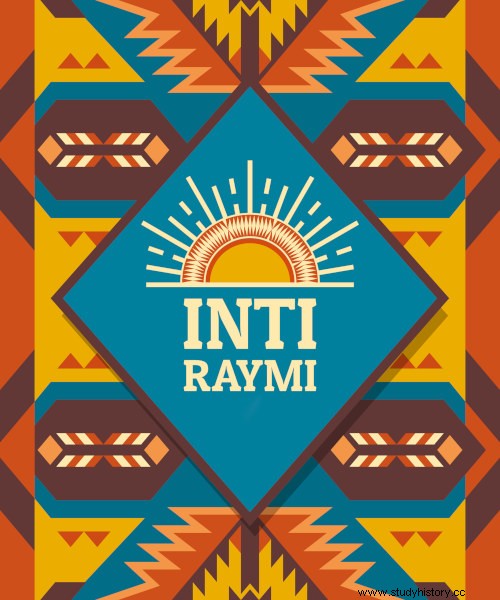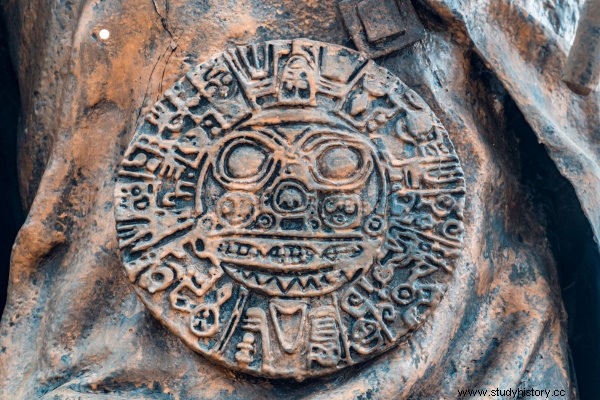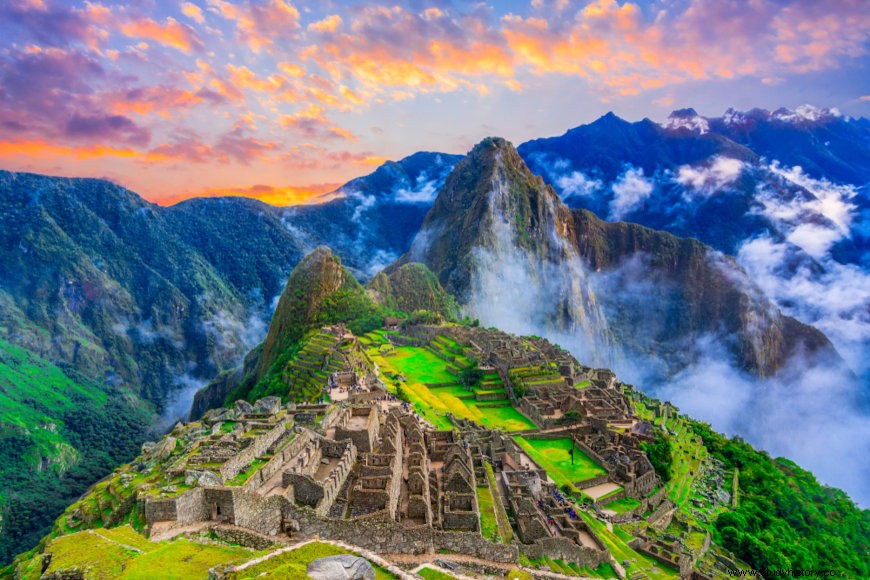The Inca religion , like many Native American religions, considered their deities to be beings of nature and, therefore, it is possible to observe the belief in several gods. In addition, the Incas also had myths regarding the creation of their people, as found in virtually every religion in the world.
Read also: How is the Viking religion characterized?
What are the main deities of the Inca religion?
The creator god , with characteristics of a cultural god, is Viracocha , qualified as the old man of heaven, lord and master of the world. For having created the Earth, animals and human beings and being the possessor of all things, the Incas worshiped him without offering sacrifices or tributes.
He created, destroyed men and created them again from stone. Then he scattered them in the four directions. As a culture hero, taught human beings various techniques and crafts . He undertook many voyages until he reached Manta (Ecuador), from where he sailed across the Pacific Ocean. According to one version, in a vessel made with its cape; another version already says that he walked on water.
Inti , the Sun god, was the protective deity of the royal house . Its warmth benefited the Andean land and made plants flourish. He was represented with a human face on a radiant disk. The great Festival of the Sun, the Inti Raymi, was celebrated on the winter solstice. To welcome the Sun, they offered him a bonfire, where they burned a sacrificial victim , along with coca leaves and corn. After the celebration ended, they exclaimed:
"O Creator, Sun and Thunder, always be young! Multiply peoples! Let them live in peace!".

Inti's wife was Mama-Kilya , mother Moon, in charge of regulating menstrual cycles of the women.
The god of rain, Apu Illapu, was an agricultural deity . During the dry season, they made pilgrimages to the temples consecrated to Illapu, built in high regions. If the drought was too persistent, they offered him human sacrifices. The Incas believed that the shadow of Illapu was in the Milky Way, from where the water gushed that would fall to Earth in the form of rain.
Other important gods are Pachamama , mother earth , the world of visible things, mistress of mountains, rocks and plains; and Pachacámac , the spirit that encourages the growth of all things , father spirit of cereals, animals, birds and human beings.

Inca legends
Millions of years ago, Viracocha (creator of the Universe) gave life to her two children, Mama Oclo (daughter of the Moon) and Manco Capac (son of the Sun), which were placed by him on their respective islands, that of the Moon and that of the Sun, which are situated in Lake Titicaca. The two together had to find a place to build their empire .
Arriving in the region of the Andean altiplano, where the city of Cuzco is now located, Manco buried his staff in the earth, which opened a crack and covered him, and so he started to call that place in Cuzco (navel of the world). For years, this place was considered thecapital of the Inca Empire and it was where the historic fortresses of the Inca Empire were located.
The city of Cuzco was built in the shaped like a puma , with the fortress of Sacsahuaman situated at its head. This region is covered in mysteries, such as a tunnel connecting the two cities, from Cuzco to Kkoricancha (temple of the Sun), where today is the Church of Santo Domingo.
But beyond that, there's a story that says thatAtahualpa's head ,the last Inca emperor, was buried in the city of Cuzco, whose purpose was that, with time, the earth would reconstitute his body and so that he could return to free the empire from the hands of those who did not know how to respect the culture of a people that was developing faster than the Europeans.

Another version of the legend says that after from a great flood, only one man and one woman were saved , those being Mama Oclo and Manco Capac. They were dragged on a ferry from Totora to the shores of Lake Titicaca and set out in search of a new place to live. Arriving in the Andean altiplano region, they say that Manco Capac buried his staff and called that place Cuzco (navel of the world), from then on they started the splendid Inca Empire .
See also: What are the main characteristics of the religion of Ancient Egypt?
Fifth Sun
The Incas believed they were living in the fifth world . Each of the previous worlds had lasted a thousand years, and every thousand years a new Sun appeared and the recovery of the years began again. And, as the moment passed between two ages passed, there would be the Pachacuti , which means inversion of the world, time of great transformations , time of destruction, of desolation and restoration. For this reason, the destruction and Spanish conquest were seen by the Incas as Pachacuti.
This aspect of time also exists in the concepts of Christianity, the biblical Last Judgment, but in the biblical it is perceived as a future, since the Pachacuti was occurring at that moment and would end with the return of the new Sun.
